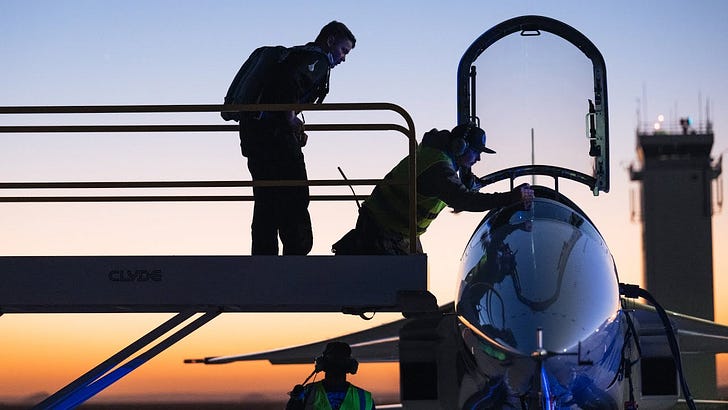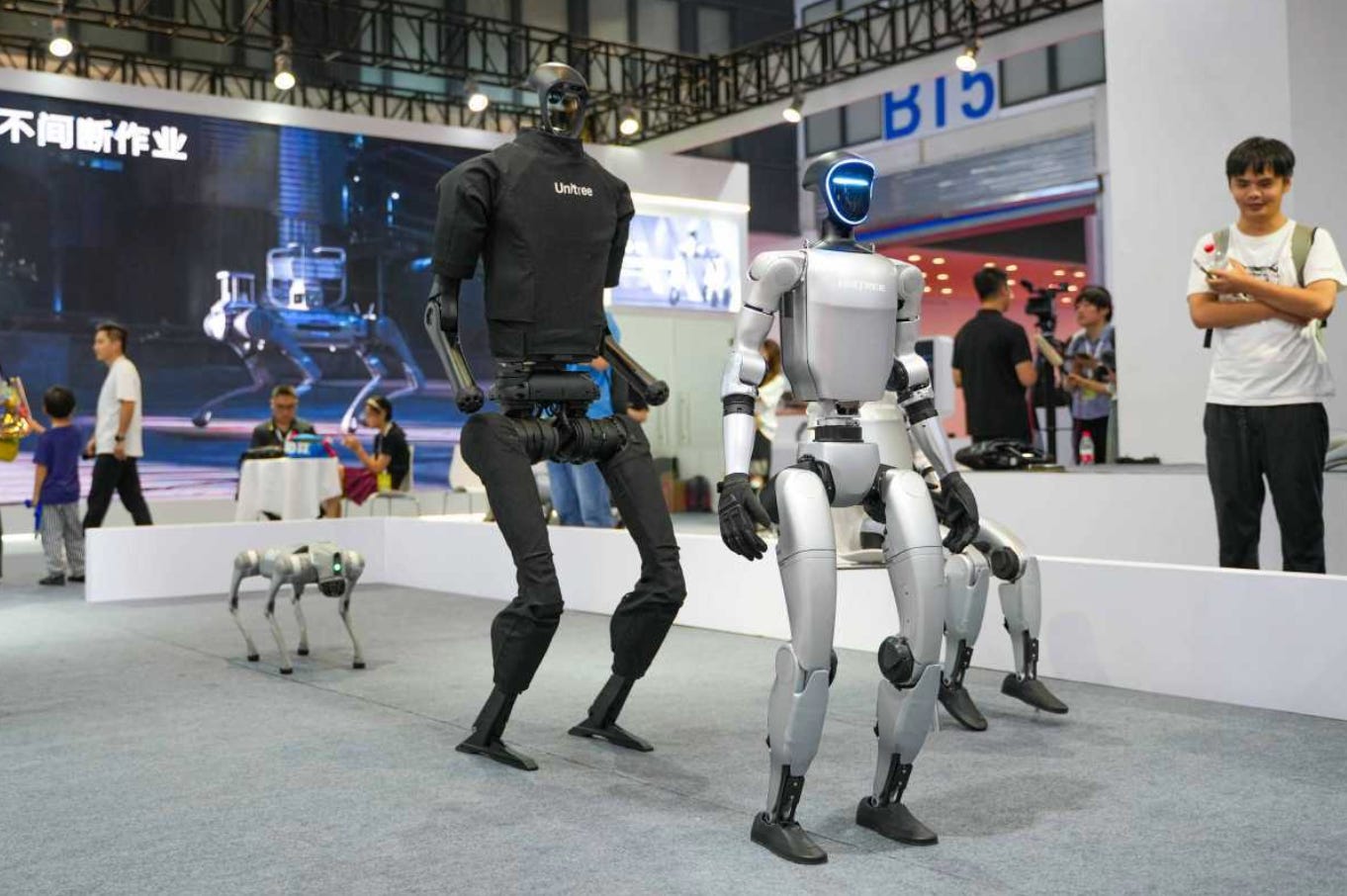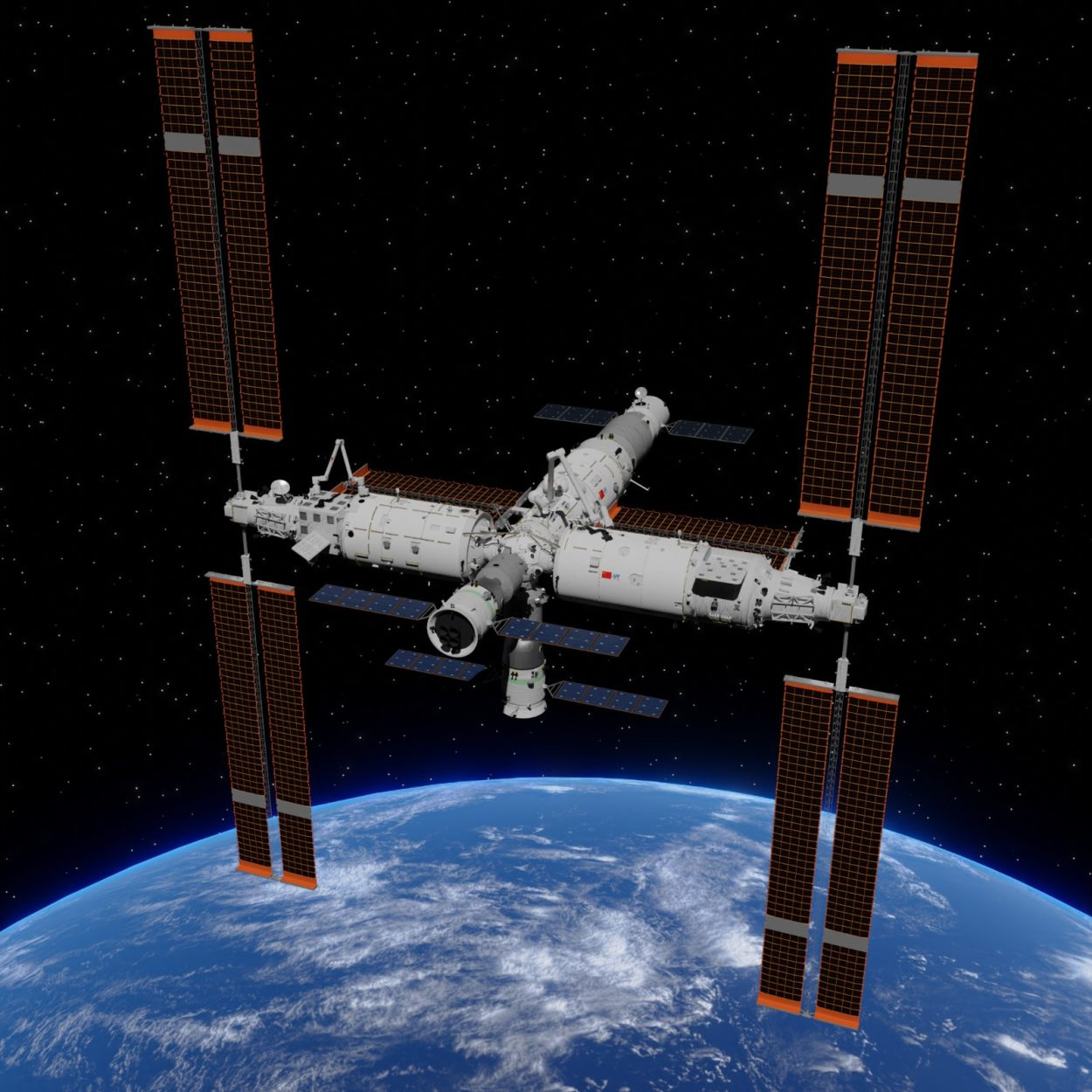XB-1 Supersonic, Unitree, Photosynthesis in Space, Strandbeest, Quantum Wormhole - Speciale Focus #27
XB-1 First Private Supersonic Flight - New Era in Transport!
Boom Supersonic’s XB-1, the first privately developed supersonic civil jet, successfully completed its 13-flight test campaign at Mojave Air and Space Port, proving the viability of privately funded supersonic airliners. The data collected supports the development of the Overture—an 80-seat airliner set to cruise at Mach 1.7, with a 2029 entry into service and 130 orders already placed. Advances in materials, aerodynamics, and digital design since Concorde have made supersonic flight more feasible, and one of XB-1’s key breakthroughs is the Mach cutoff phenomenon, which enables "boomless cruise"—allowing supersonic flight over land without generating a disruptive sonic boom. Former TOP GUN pilot Tristan ‘Geppetto’ Brandenburg, who flew XB-1, described it as a capable but challenging aircraft, optimized for supersonic speeds at the expense of easier takeoffs and landings. Despite lacking an ejection seat, XB-1 was designed with safety redundancies that reinforce Boom’s long-term goal: a commercial supersonic airliner that people, including its own engineers and their families, would confidently fly on.
As Boom finalizes Overture’s design and works toward running its custom-built Symphony engine by the end of 2025, the industry faces what could be a new US-China supersonic race, with China’s COMAC reportedly working on a rival high-speed aircraft. If Boom succeeds, supersonic air travel could become as accessible as business class, revolutionizing global mobility and shortening long-haul flight times. Investors and airlines are watching closely, as regulatory approval, environmental concerns, and economic viability remain key hurdles. However, the success of XB-1 gives Boom a major credibility boost, positioning it as the company most likely to bring back supersonic passenger travel—a dream once thought impossible after Concorde’s retirement.
China’s Unitree - Boston Robotics Beware!
Chinese robotics company Unitree Robotics has made significant strides in humanoid robotics, showcasing highly agile and cost-effective robots. A recent demonstration showed that Unitree’s humanoid robot could maintain balance better than a human when pushed. Their latest model, the Unitree G1, priced at 99,000 yuan ($13,600), is significantly cheaper than Tesla’s Optimus ($25,000), making humanoid robots more accessible for industries and consumers.
These advancements could revolutionize disaster rescue, industrial inspections, and high-risk environments. Chinese robotics companies are rapidly scaling production, leveraging AI and large language models to enhance robot intelligence. Experts believe China's competitive market of small to medium-sized enterprises gives it an edge over Western robotics giants, accelerating humanoid robot adoption across multiple sectors.
Photosynthesis in Space - Martian Much!!!
Astronauts aboard China’s Tiangong space station have successfully conducted the first in-orbit artificial photosynthesis experiment, producing oxygen and ingredients for rocket fuel—key steps for long-term space missions. Using semiconductor catalysts, the Shenzhou-19 crew converted carbon dioxide and water into oxygen and ethylene, a hydrocarbon useful for spacecraft propellants.
These experiments, conducted in microgravity, focused on carbon dioxide conversion, precise fluid control, and real-time detection of reaction products. This breakthrough could support human survival in space and is a major step toward China’s planned crewed moon landing before 2030.
Ladies & Gentlemen - Introducing you the mighty Strandbeest!
We don’t want to explain this. Just watch human ingenuity at it’s very very best.
Quantum Wormhole - Wait WHATTTTT??!!!
Researchers have simulated a holographic wormhole using Google’s Sycamore quantum computer, marking a potential step toward understanding quantum gravity. The experiment, led by Maria Spiropulu’s team at Caltech, used a simplified “wormhole teleportation protocol”, where quantum bits (qubits) were manipulated to mimic the properties of a traversable wormhole.
The study supports the holographic principle, which suggests that space-time emerges from quantum information. However, experts debate the interpretation, as the simulation involved a simplified model that may not fully represent real wormholes or gravity. While the research doesn’t prove that our universe is holographic, it offers new insights into quantum entanglement and space-time connections.
That’s it folks. We’ll leave you with this for the month and come back soon with another set of wow reads specially curated for the curious you!
Until then, Team Speciale signing off!






